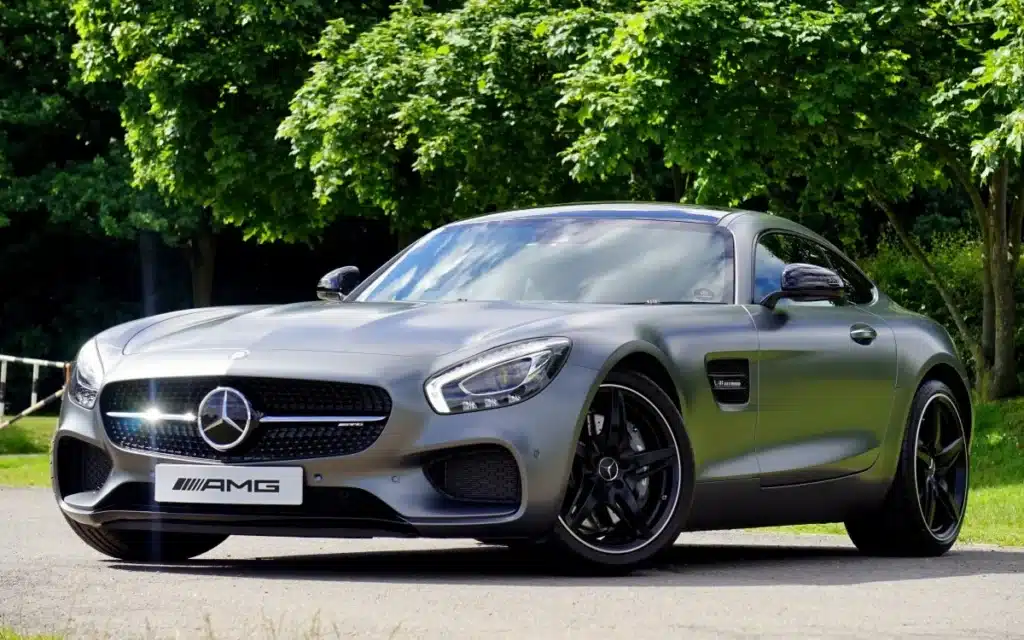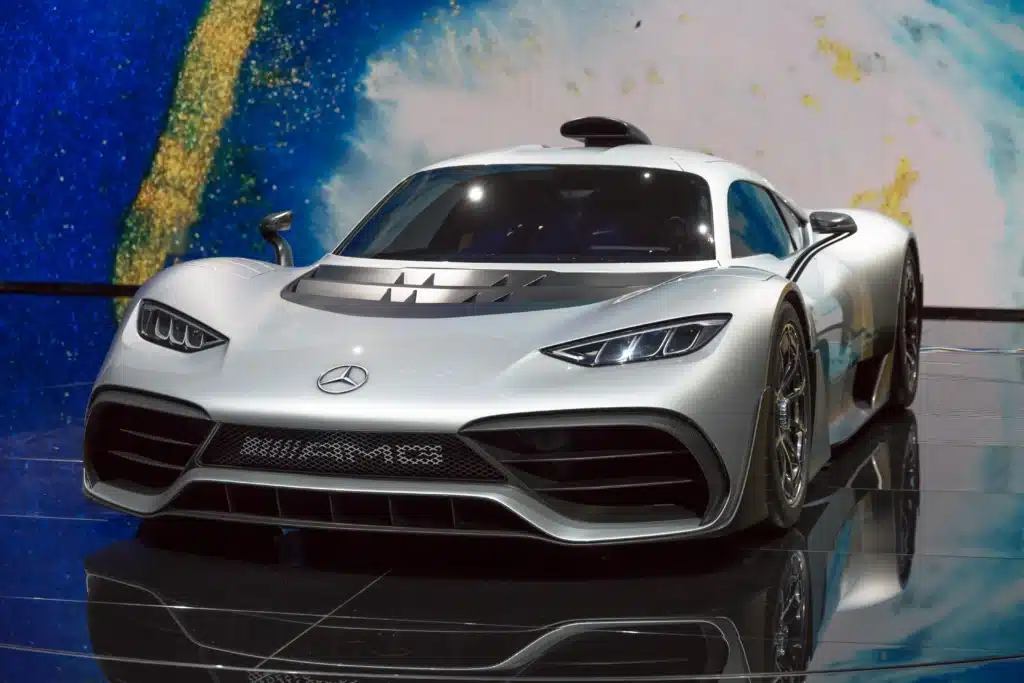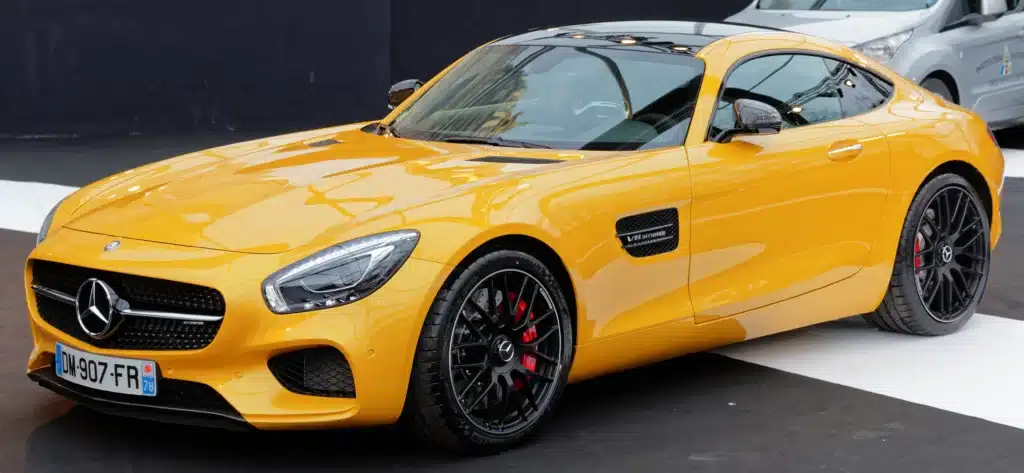What does AMG actually stand for, as it’s on every Mercedes-Benz performance car
- Mercedes-AMG produces high-performance supercars
- The brand is quite well-known around the world
- But what does AMG stand for?
Published on Jun 29, 2024 at 2:22 PM (UTC+4)
by Nalin Rawat
Last updated on Jun 30, 2024 at 5:03 PM (UTC+4)
Edited by
Kate Bain
Mercedes-AMG is the performance branch of the iconic German automotive marque Mercedes-Benz.
It is named after the two engineers who founded the AMG name in 1967.
While the Mercedes-AMG brand is known worldwide, not many people know of its history and what their cars are capable of.
READ MORE! Incredibly rare V12-powered Mercedes-Benz SL 73 AMG rescued after 17 years in a parking lot
What does Mercedes-AMG stand for?

AMG stand for Aufrecht, Melcher, and Großaspach (AKA Mercedes-AMG).
Hans Werner Aufrecht and Erhard Melcher were the German Mercedes-Benz engineers who developed the AMG engine.
While Großaspach was the birthplace of Aufrecht.
Aufrecht and Melcher’s AMG engine singlehandedly helped Mercedes-Benz to continue its racing legacy.
Ranging from the ultra-rare Mercedes-AMG One to the iconic GT 63, the brand also offers some of the fastest cars made under the German automaker.
How are Mercedes-AMG cars different?

Nowadays, AMG is the highest standard of Mercedes-Benz engines and high-performance cars.
Each AMG model is tuned in a specific way for more power, while giving it a sporty handling and a stylized look.
Every Turbo and BiTurbo AMG engine is handcrafted by an engineer, following the ‘One man – One engine’ standard.
These engines also bear the maker’s signature after their completion.
The most popular and sought-after AMG model is the Mercedes-Benz GT Coupe.
History of AMG

The AMG brand was founded by the efforts of two ambitious individuals, Aufrecht and Melcher — as they continued to fine-tune the 300 SE racing engine in their spare time.
And by 1965, it was ready to race.
The car powered by their engine won 10 German Touring Car Championships.
This also formed the foundation of the brand and brought Mercedes back to racing.
Eventually, they began modifying Mercedes-Benz cars to fit the AMG language.
AMG and Daimler-Benz also became official racing partners in the late ’80s and signed a cooperation contract in 1990.
Since then, Mercedes-AMG has produced some of the most amazing high-performance cars in the world.

Nalin Rawat
Nalin started his career by working with various national newspapers in India. He has also worked as a writer/editor for many popular websites, while still pursuing his journalism and mass communication degree. Working as a digital nomad has allowed him to inform and educate through his work. When he is not writing, you can find him playing video games or travelling the mountains on his bike.




